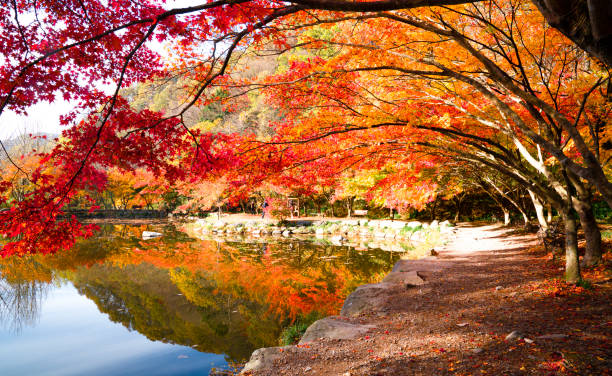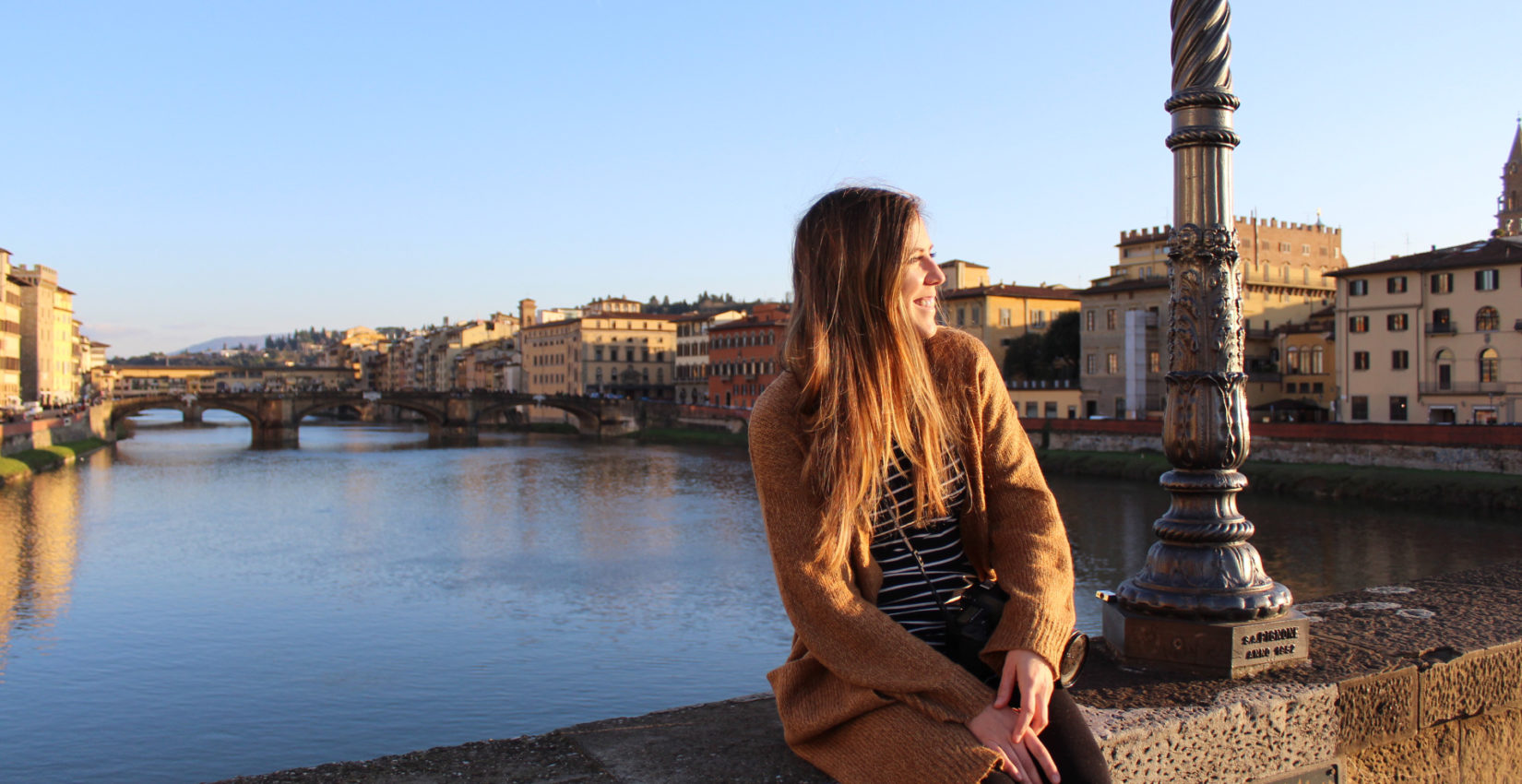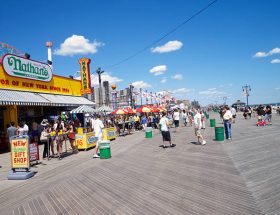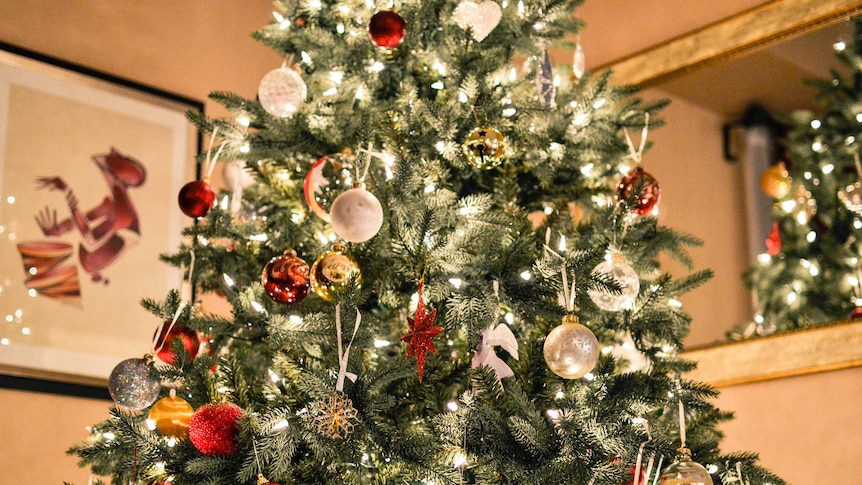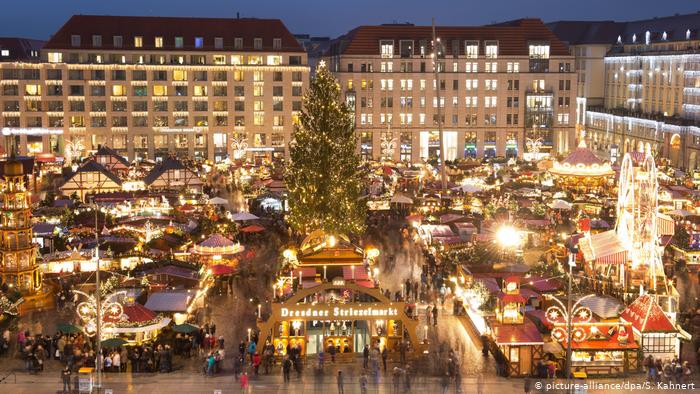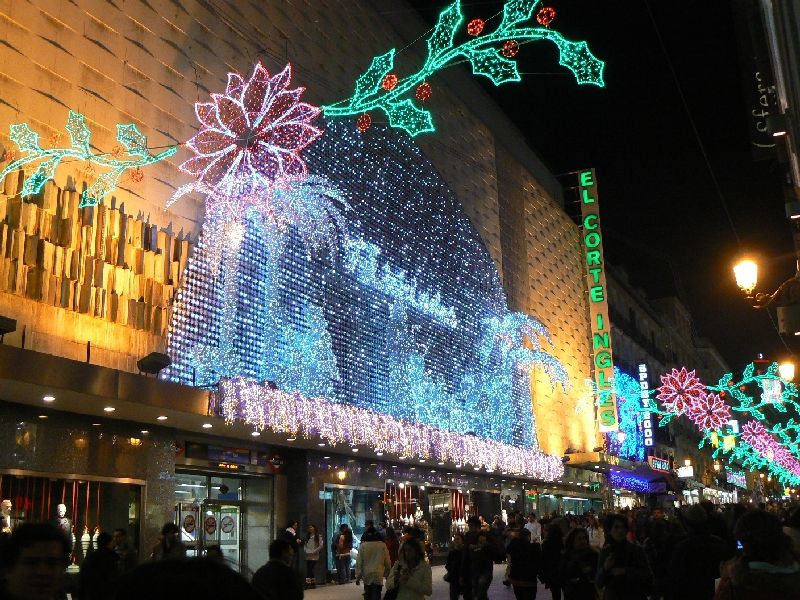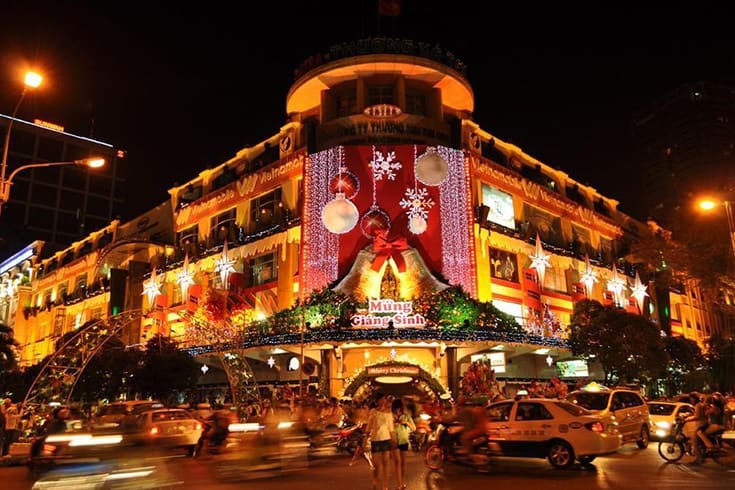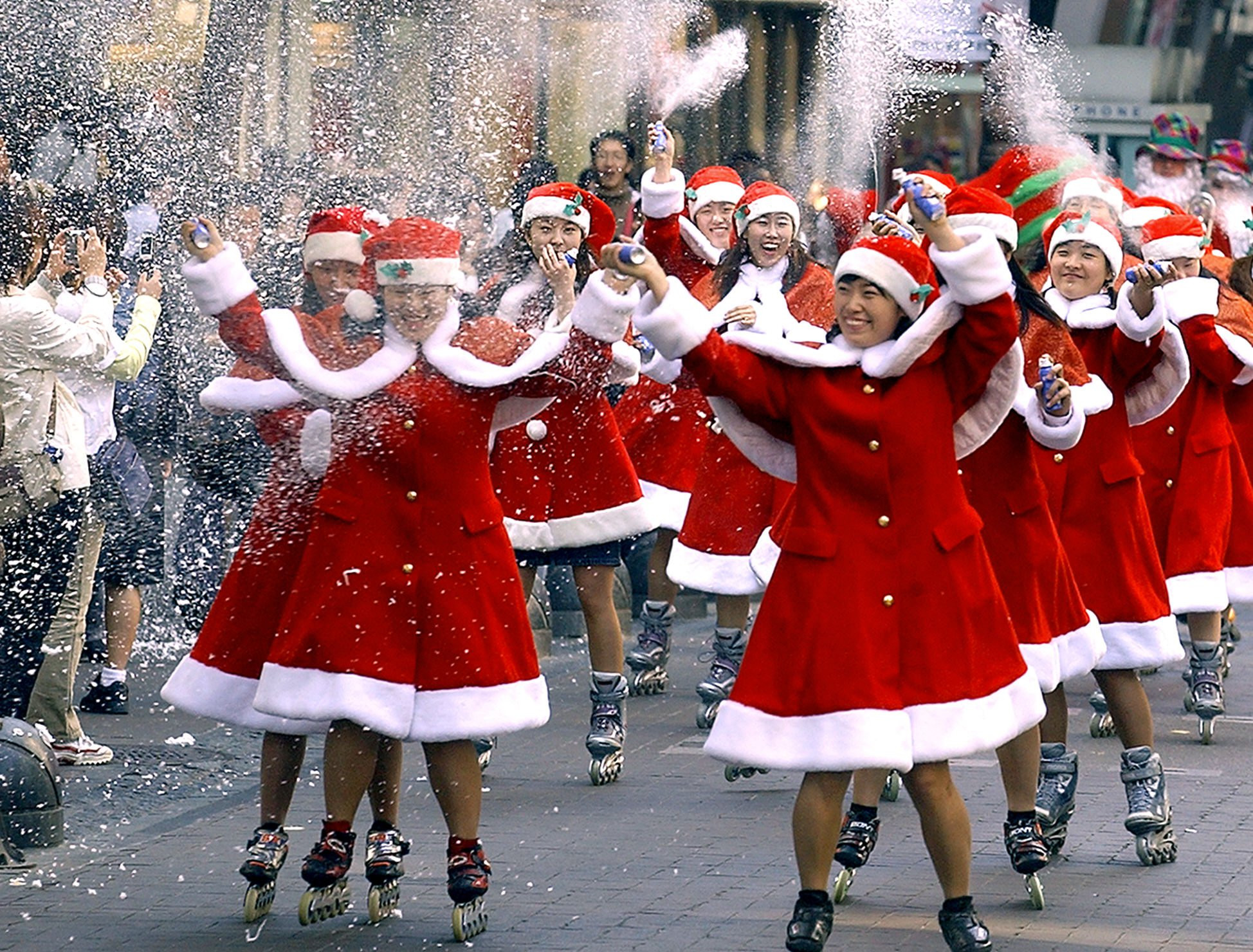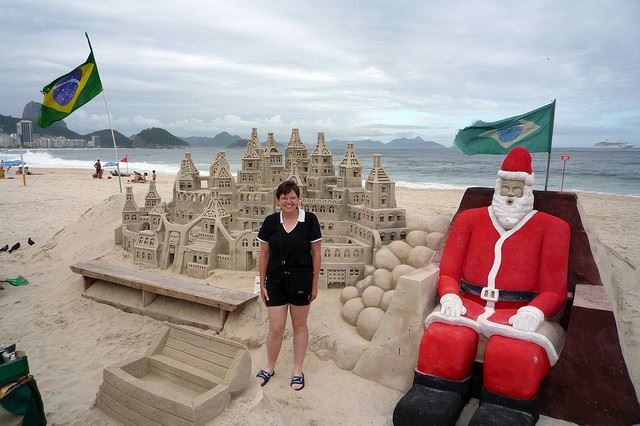Fall is an excellent time to travel to South Korea – promising pleasant and mild temperatures and seasonal treats like roasting chestnuts, hot springs, and hikes. The best part is the stunning landscape. With most of the mountainous terrain smothered with an undulating forest, The area is famous for its beautiful autumnal foliage.
It also falls on the same day as the Korean Chuseok holiday, which is a time when families get together to perform ancestral ceremonies as traditional games and activities are held. There are many breathtakingly gorgeous places to take in the fall leaves throughout South Korea but to help you narrow your choices, we’ve listed six of the most beautiful.
Namsan Mountain and Changdeokgung Palace, Seoul
Witness ancient grandeur and autumn splendor at Changdeokgung Palace
The majestic Namsan Mountain stands right in the center of Seoul and offers a fantastic view of Seoul’s entire city and especially in autumn when the pictures are changed by the bright yellow, orange, and red foliage. It’s surrounded by a vast park that is a favorite for hikers and is crowned by the imposing landmark, N Seoul Tower.
The climb (or take in the cable car) to the top of the mountain during golden hour and watch the sunset from the observation deck. Watch for the 15th-century Changdeokgung Palace and its Secret Garden, which lies below. The autumn months are awash with color. Seasons, this park is a home for plums, ginkgo, and maple trees. Enjoy your stay at the Moxy Hotel in Seoul Myeongdong, between the mountains and the royal palace.
Seoraksan National Park, Sokcho
Get out and enjoy hiking with views of ancient temples and the forest that is in autumn at Seoraksan National Park.
The massive Seoraksan (or Mount Seorak) and the park that surrounds it are often regarded as the most beautiful location within South Korea for staggering autumnal sceneries. It’s a jagged granite formation that protrudes out of the sky; the forest is fiery, with trails of hiking that crisscross the red mountainsides.
The park also claims to be the site of a Buddhist temple which was destroyed and rebuilt and has been used since the 7th century. Also, there are fortress ruins, waterfalls, and cable cars (3 minutes from the entrance to the park) for those looking to admire the breathtaking views without the hassle of a hike. The hotel Sono Felice Delpino and enjoy the mountains from the peace and tranquility of the outdoor swimming pool.
Bulguksa, Gyeongju
Explore the traditional Korean architecture and culture at Seokguram Grotto and Bulguksa Temple.
When leaves are fluttering across ancient pagodas and temples in the fall, visit eastern Gyeongju. The city was once the capital of Korea. The town was once the center of the Silla Kingdom and is still home to the UNESCO World Heritage Bulguksa Temple, built around 774 AD.
The historical Buddhist site is located in the valley of Tohamsan (Mount Toham), situated on stone terraces and surrounded by pine forests. It’s a stunning sight, especially in autumn when the forest is golden and red. After admiring the temple’s Iris garden, bridges made of stone, and tranquil lotus lakes, you can remain close to the highly-rated Gyeongju Tiamo Hotel.
Jeonju Hanok Village, Jeonju
The Joseon Dynasty Pungnammun Gate has stood in Jeonju since 1768
Combining the old and new in the urban cityscape of Jeonju, visiting Jeonju Hanok Village is like taking a trip back in the past. The ancestral residence for the Korean Joseon Dynasty family, this is a well-preserved collection of more than 800 “hanoks” (traditional Korean houses) also has a cathedral, a Confucian temple, the city’s historic gates, and The Gyeonggijeon Shrine.
Take along the Hanok Village Route through the traditional street performers and vendors before heading to observation decks that offer one of the leading local attractions – views of the village’s tiled rooftops. The ideal viewpoint is Omokdae, a pavilion on the top of a hill. It is where the Joseon Dynasty ruler, Yi Seonggye, was celebrating the victory over Japanese pirates in 1380.
It’s a beautiful moment to view the city and village beyond, covered in hues of gold and red. If you’re in the area, make sure to taste bibimbap. It’s a delectable dish made of egg, rice, and vegetables. Korean Chilli Paste (Gochujang) is more than just the most well-known food item in Korea, specifically, Jeonju’s. Stay in a traditional Hanok at the highly-rated Yangsajae.
Danyang Para Village, Danyang
Fly over mountains and then follow the Namhan River while paragliding in Danyang.
To take in the beautiful autumnal landscapes, with adrenaline and breathtaking views, visit Danyang Para Village, just two hours away by bus from Seoul. It is a South Korean paragliding hotspot for adventurers, which offers spectacular views from above.
Take a flight through the mountains and follow the Namhan River as it winds in a green ribbon throughout the ochre- and amber-colored forest below. After a thrilling day, you can stay in the warm and relaxing Us on Earth Guesthouse in Danyang.
Naejangsan Mountain, Jeollabuk-do
The incredibly photogenic autumnal scene in Naejangsan National Park
Naejangsan National Park is beautiful at any time of the year; however, it is also one of the most sought-after locations during the maple season in South Korea. It’s situated within Jeonju and Gwangju and is located on the borders of the Jeollabuk-do and Jeollanamdo Provinces. It’s famous for its stunning green and copper-colored foliage; however, it is also renowned for Naejangsan (or Mount Naejang), the highest point that looms over the park at 763 meters.
Go for a hike in the crisp mountain air passing beautiful cascades, the park’s two iconic Buddhist temples, and the ancient nutsmear trees. You can also take the cable car up to the mountaintop observation point, where you’ll be stunned by the stunning autumnal colors. Then return to Gwangju for your night in the center of Gwangju.

